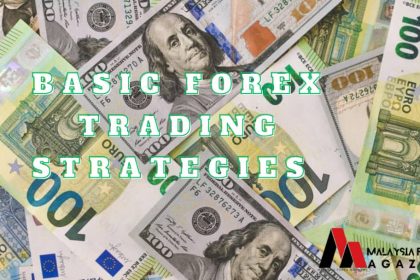The number of trading opportunities in the forex (foreign exchange) market can vary significantly based on several factors. Here are a few things that influence the frequency of trading opportunities in forex:
- Market Hours: The forex market operates 24 hours a day, five days a week, spanning different time zones. This continuous operation provides ample opportunities for trading throughout the day and night.
- Currency Pairs: There are numerous currency pairs available for trading in the forex market, including majors (like EUR/USD, USD/JPY) and minors/exotics. The liquidity and volatility of each pair can affect the number of tradable opportunities.
- Volatility: Volatility creates trading opportunities as price movements can present chances for profit. High volatility periods can offer more opportunities but can also increase risks.
- Economic Events: Major economic news releases and events, such as GDP reports, interest rate decisions, employment data, etc., can significantly impact currency prices, creating short-term trading opportunities.
- Technical Analysis: Traders use various technical analysis tools to identify patterns, trends, and support/resistance levels. These tools can help identify potential entry and exit points, thereby creating trading opportunities.
- Trading Style: Different trading styles—such as day trading, swing trading, or long-term investing—may yield varying numbers of opportunities. Day traders, for instance, may find more frequent opportunities within a single day compared to long-term investors.
- Market Conditions: The forex market can go through periods of high and low volatility. During low volatility, trading opportunities might be limited, whereas during high volatility, there can be more opportunities but with increased risk.
Ultimately, the number of trading opportunities in the forex market can fluctuate based on these and other factors. Traders often use a combination of technical and fundamental analysis to identify and capitalize on these opportunities based on their preferred strategies and risk tolerance.










